Introduction

Viltrox offers several different lens lineups: positioned at the top is the “LAB” series, slightly below that the “Pro” series. I already reviewed the Viltrox AF 85mm 1.4 Pro FE – offering very good performance at an affordable pricepoint – and this time we will be having a look at the Viltrox AF 50mm 1.4 Pro FE.
Sample Images
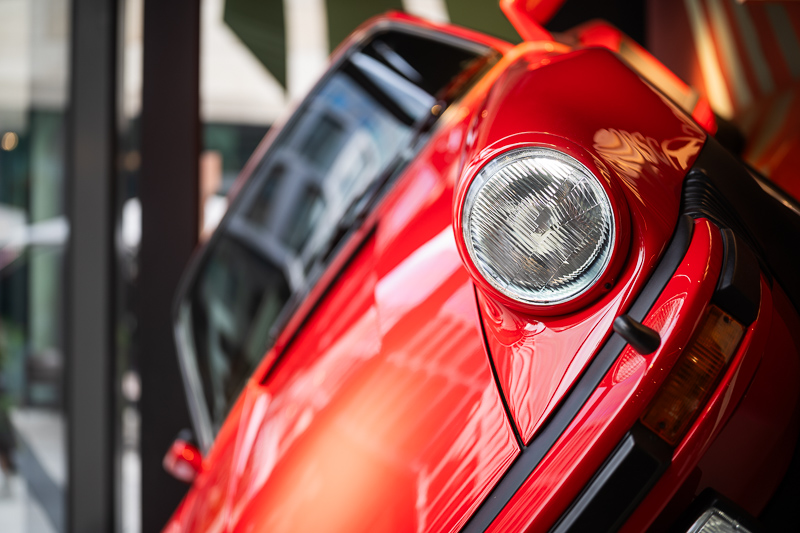
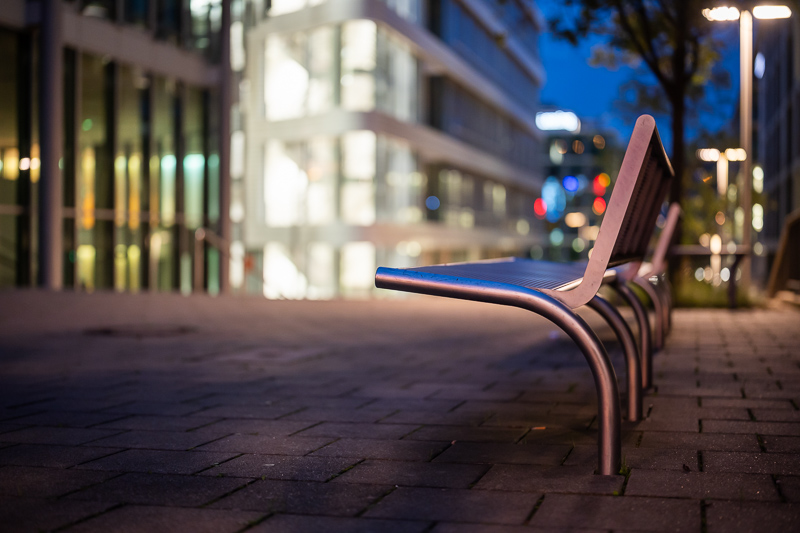
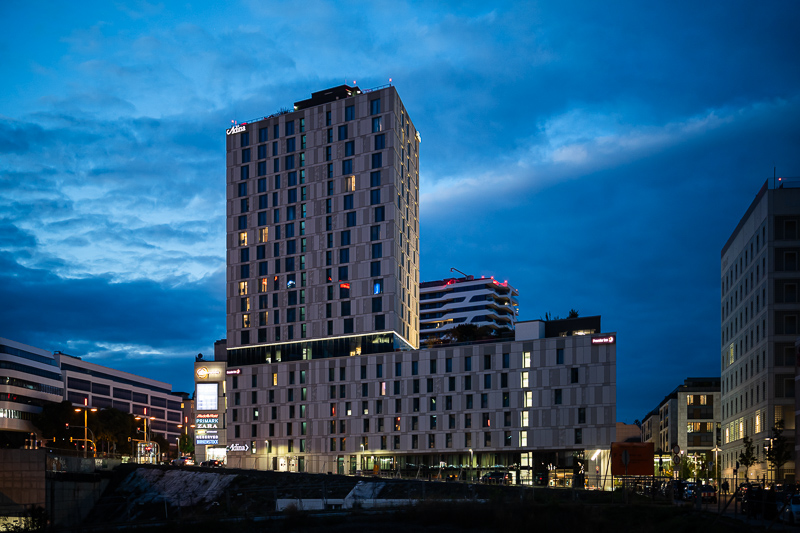
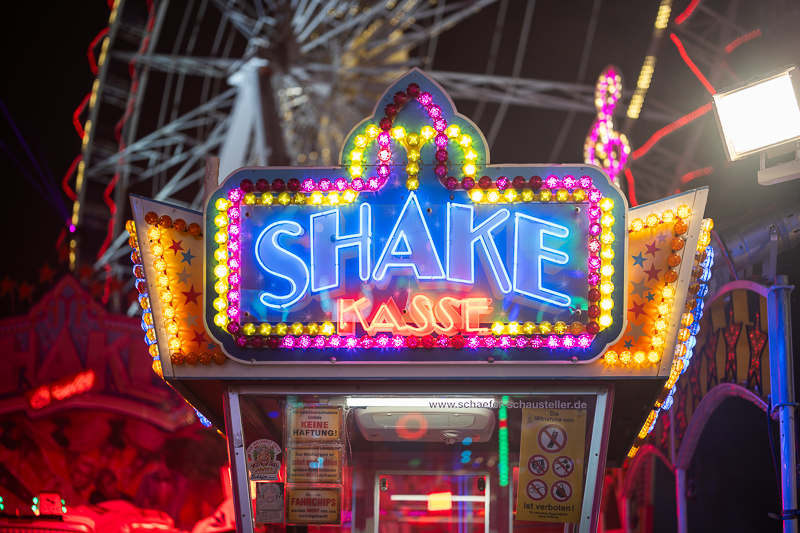


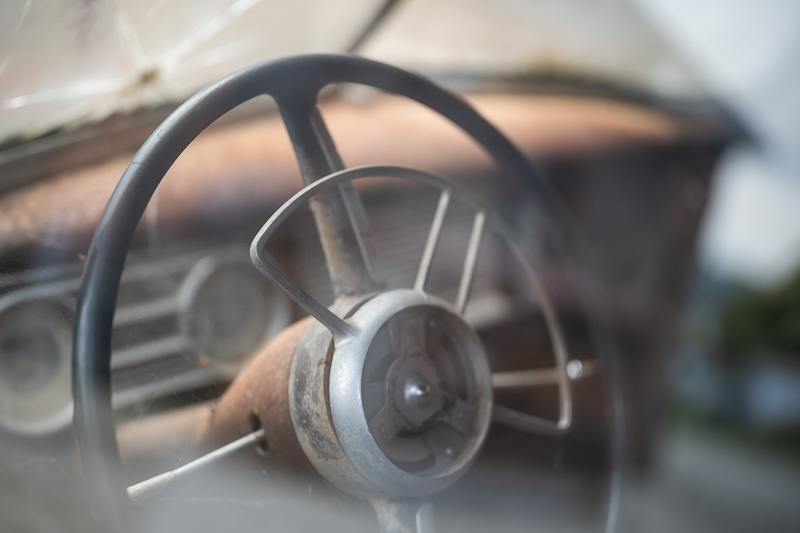
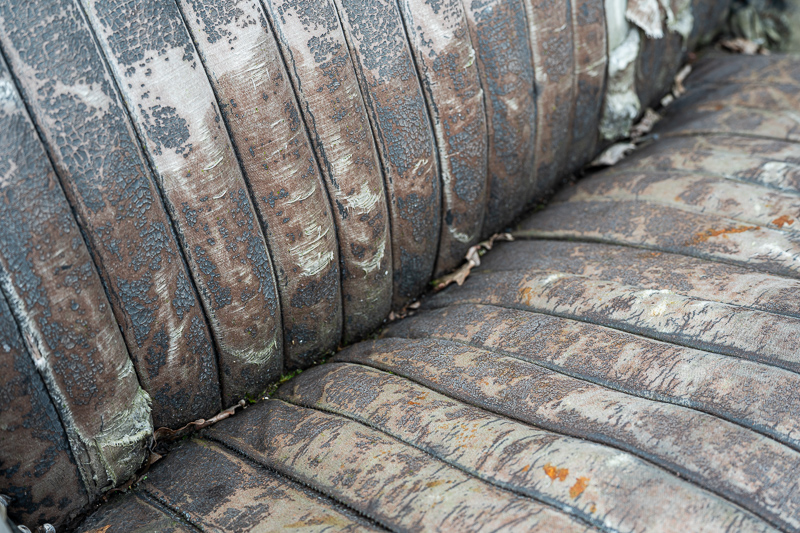
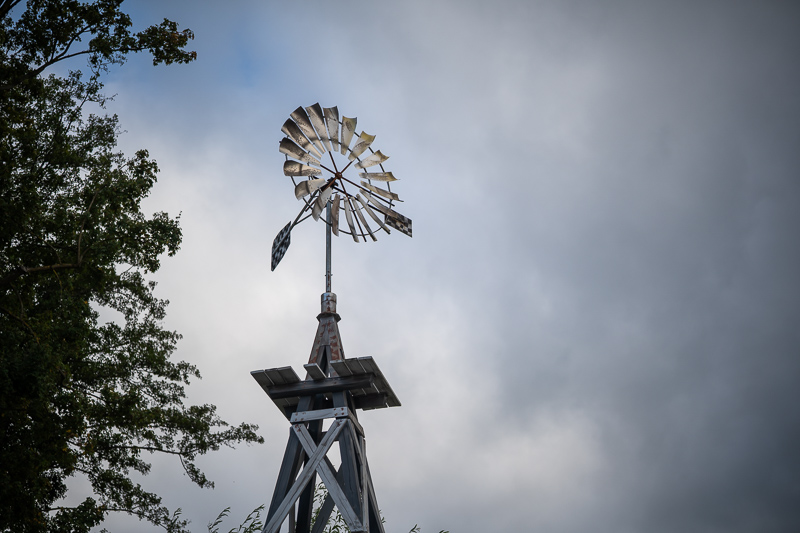
Most of the sample images in this review can be found in full resolution here.
Contents
Disclosure
This Viltrox AF 50mm 1.4 Pro FE was kindly provided free of charge by Viltrox for reviewing purpose for a few weeks.
Specifications
This is a review of the E-mount version of the Viltrox AF 50mm 1.4 Pro FE which has the following specifications:
- Diameter: 85 mm
- Length: 109 mm
- Weight: 810g (without hood[44g], without caps)
- Field of view: 46.6° (diagonally)
- Filter Diameter: 77 mm
- Number of Aperture Blades: 11 (rounded)
- Elements/Groups: 15/11
- Close Focusing Distance: 0.45 m
- Maximum Magnification: 1:7.0 (measured)
- Mount: Sony E, Nikon Z
buy from manufacturer’s shop | amazon.com | amazon.de | B&H | ebay.com | ebay.de (affiliate links) for $549
Handling / Build Quality
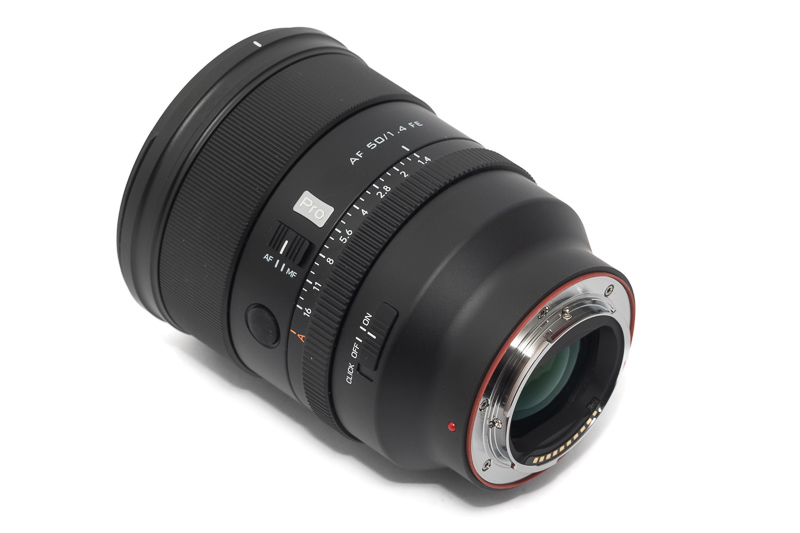
In terms of handling and features this Viltrox AF 50mm 1.4 Pro is the same as previous Viltrox Pro lenses: it features a dedicated de-clickable aperture ring similar in style and function to Sony’s GM and later G lenses, an AF/MF switch and a lens button.
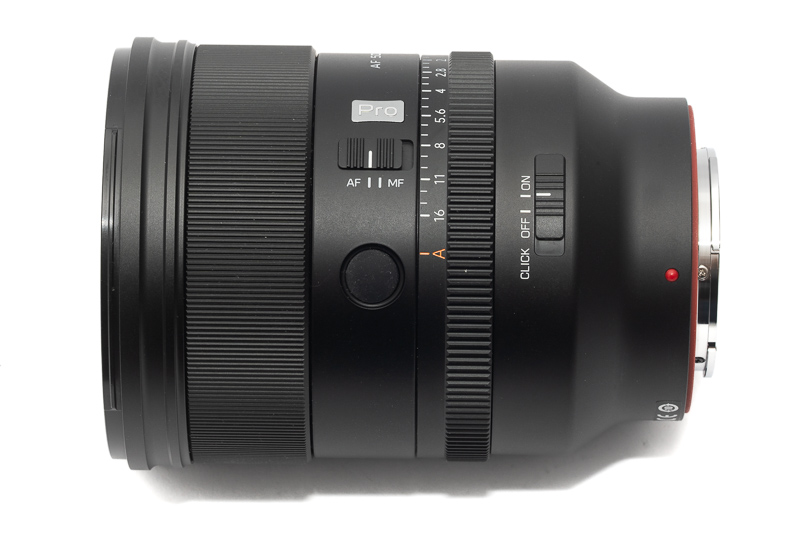
The aperture ring has 1/3 of a stop click stops – which you can declick by using a lever on the right side of the lens.
You can also set the ring to “A”(utomatic) and let the camera choose the aperture value or to be able to use the camera dial to change the aperture value instead of using the aperture ring.
The focus ring has decent damping and a linear coupling. No matter how fast you turn the focus ring it always takes ~270° from the minimum focus distance (0.45 m) to infinity.
The lens does feature a focus-by-wire system and when setting precise focus – especially at closer distances – you can sometimes feel the “steps”.
When you turn your camera off the lens will remember the last focus position and will still be there when you turn the camera on again.
As is the case for many modern AF lenses the focus group moves freely when without power, so when shaking the lens you will notice that focus group moving around. This is normal. Don’t annoy your dealer with complaints that “there is something moving in the lens”.
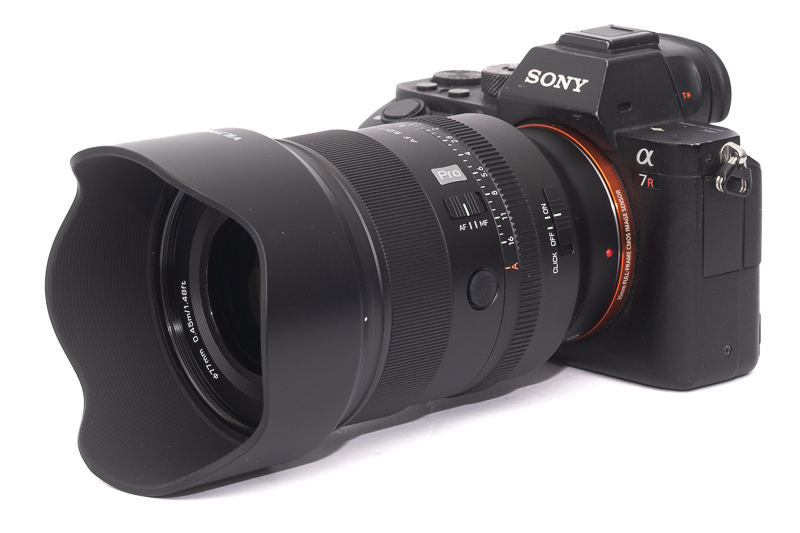
A petal-shaped bayonet style lens hood is also part of the package.

This Viltrox AF 50mm 1.4 Pro is almost exactly the same size as the Viltrox AF 85mm 1.4 Pro which makes it one of the bigger modern 50mm 1.4 E-mount lenses. The Samyang AF 50mm 1.4 II for example is only half the weight and also noticeably smaller.
AF performance
I am not shooting sports or fast moving animals/humans so if you want to know if the lens is fast enough for this or how it compares to other lenses in this segment you may have to look for a different review with a more detailed assessment of this aspect.
The AF is very fast, but I do not think its accuracy is on the same level as Sony’s latest GM lenses – I did not do any direct side-by-side comparisons though. For normal use cases – especially portraiture – it certainly worked well.
Vignetting
Light falloff

| f/1.4 | 2.5 EV |
| f/2.0 | 1.8 EV |
| f/2.8 | 1.2 EV |
| f/4.0 | 0.9 EV |
| f/5.6 | 0.7 EV |
| f/8.0 - f/16 | 0.5 EV |
Sadly I reviewed only one of this lens’ main competitors, the Samyang AF 50mm 1.4 FE II, but neither the Sony FE 50mm 1.4 GM nor the Sigma 50mm 1.4 DG DN Art.
Generally, these vignetting values look very typical for a 50mm 1.4 lens. If we compare these to the Sony FE 50mm 1.2 GM – currently one of the best fast 50mm AF lenses you can buy – the Sony lens has a little less vignetting at f/1.4 (which isn’t surprising, as it is already stopped down a bit) and actually a bit more stopped down to f/5.6 or further. The Samyang AF 50mm 1.4 FE II also shows very similar vignetting values at shared apertures, only when they are stopped down the Viltrox pulls ahead by about half a stop.
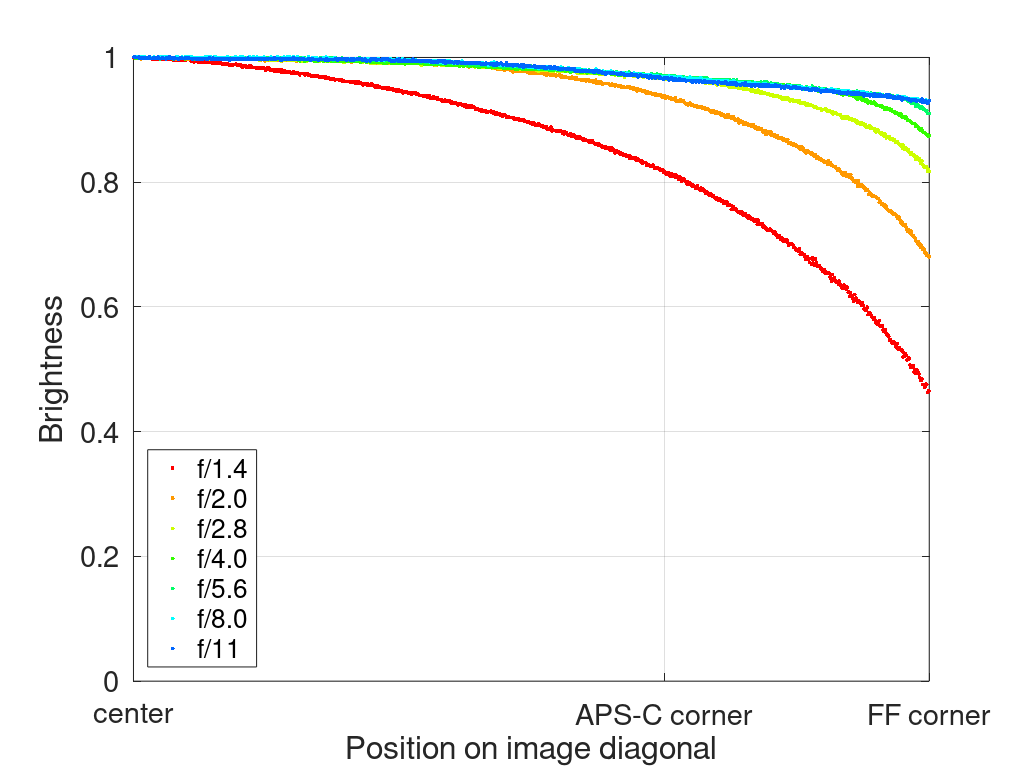
It is recommended to have a look at this article first to get an idea how this brightness graph works.
Optical vignetting
Fast lenses usually show a noticeable amount of optical vignetting, especially so the compact ones. Without going too much into technical details optical vignetting leads to the truncation of light circles towards the borders of the frame.
In the center of the frame almost every lens will render a perfect circle, but only lenses with very low optical vignetting will keep this shape in the corners.
So in the following comparison we move from the center (left) to the extreme corner (right) and see how the shape of the light circle changes.
This Viltrox AF 50mm 1.4 Pro FE is one of the bigger 50mm 1.4 lenses for mirrorless cameras, the amount of optical vignetting is average though and not much different from the smaller and lighter Samyang AF 50mm 1.4 FE II.
The aspherical elements are of high quality though as onion ring structures are hardly visible.
Sharpness
Focus shift
Being a modern AF lens that usually focuses at working aperture, focus shift would not really be an issue for most applications, but I still checked and actually found a noticeable amount of focus shift.
Focus shift is usually caused by undercorrected spherical aberration and indeed the lens also looks a bit soft at f/1.4 to f/2.0 here – a bit unusual for such a complex design. Let’s see in the following sections what that means for sharpness at closer distances and bokeh rendering.
infinity (42mp Sony A7rII)

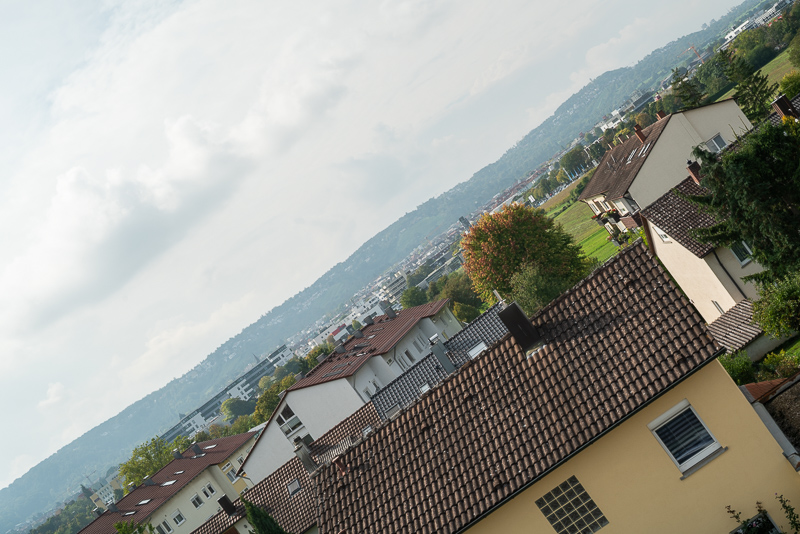
The weather conditions were not ideal for this test.
The performance at f/1.4 is actually impressive: we neither see any issues with purple fringing nor midzone dip nor subpar performance in the corners. Stopping down mainly increases the depth of field and I wouldn’t mind using this lens for any kind of application at f/1.4 if needed.
The performance is clearly better than what I have seen from the Samyang AF 50mm 1.4 FE II and actually also a bit better than the Sony FE 50mm 1.2 GM at shared apertures. I would actually expect the Sony FE 50mm 1.4 GM to show a similar performance, but I haven’t tested that lens myself yet.
Either way, this Viltrox AF 50mm 1.4 Pro FE shows a pretty much flawless performance here.
portrait 1.4 m (42mp Sony A7rII)
I guess many people will want to use this lens for portraits, so let’s see what the performance is like at a typical portrait distance for a 50mm lens of ~1.4 m.
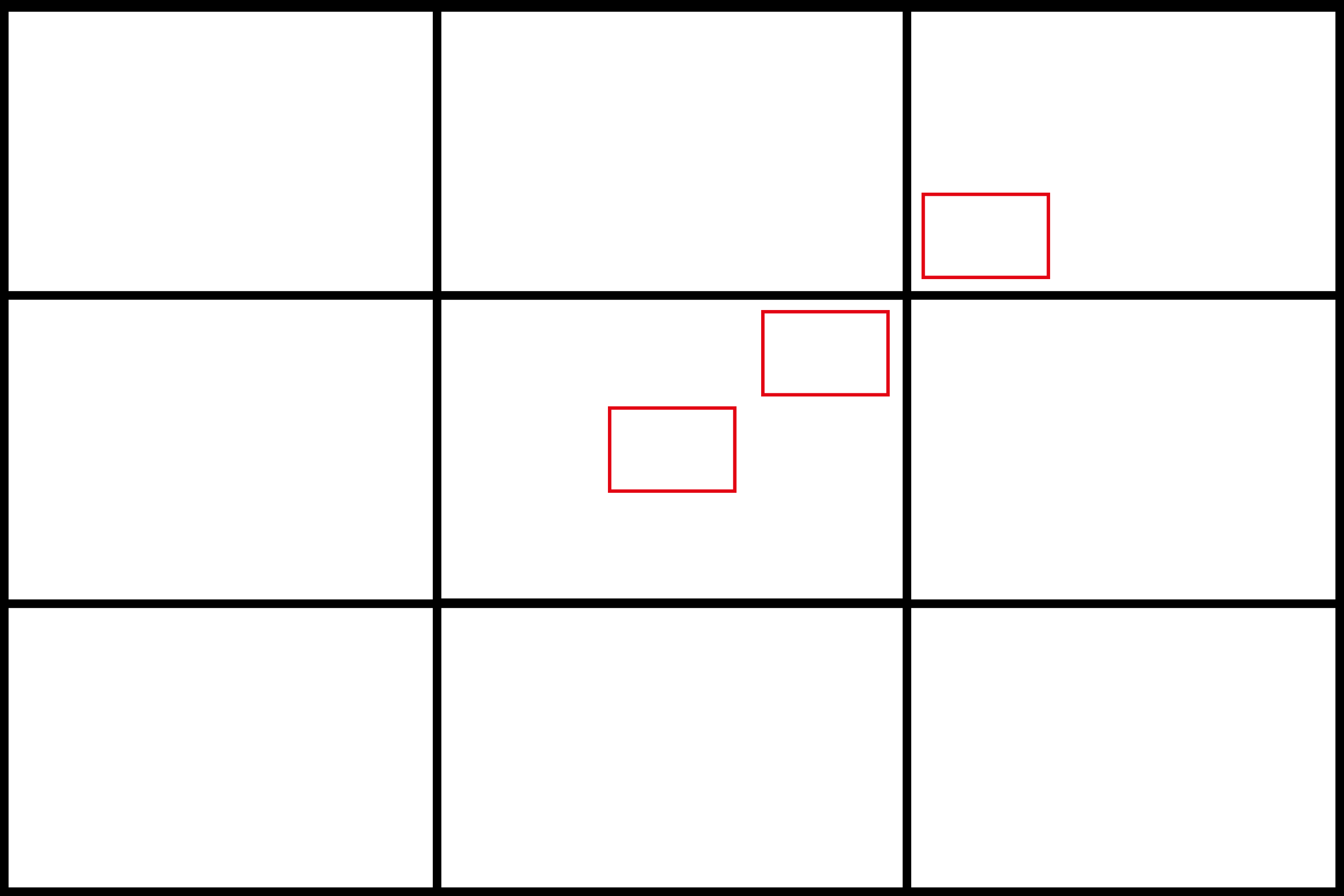
f/1.4 <—> f/2.0
Also at the important portrait distance we can see a very good performance with already some Moiré at f/1.4 and everywhere in the frame at f/2.0.
Again the Samyang AF 50mm 1.4 FE II performed a bit worse in this category whereas the Sony FE 50mm 1.2 GM showed an even more impressive performance (despite being half a stop faster) and I expect the same from the Sony FE 50mm 1.4 GM. I have some doubts these are actually field relevant differences though.
Close 0.45 m, 1:7.3 (42mp Sony A7rII)
A minimum focus distance of 0.45 m and a maximum magnification of 1:7.0 is not particularly great for a modern 50mm 1.4 lens, but looking at the performance in this section we can also see why letting this lens focus closer probably wouldn’t have been a particularly good idea.
Due to strong spherical aberration this lens is very soft at f/1.4 and still soft at f/2.0, it really takes stopping down to f/2.8 for the center to look contrasty. There is more though: this lens also has a lot of field curvature at close distances so isn’t really suited to take pictures of flat things at f/1.4 at the minimum focus distance – not that I think many people would actually want to do that.
The Sony FE 50mm 1.2 GM and Sony FE 50mm 1.4 GM focus closer while at the same time looking better. The Samyang AF 50mm 1.4 FE II had less issues with spherical aberration but more problems with purple fringing – a bit of a draw.
Flare resistance
As always evaluating flare is a complex matter since you can get any lens to look bad if you push it hard enough and a slight change of scenario can affect results a lot.
Many of Viltrox’ lenses have been a pleasant surprise in this category, will that also be the case again here?
At the maximum aperture we can see some veiling flare with a strong point light source located in the midframe area but ghosting does not seem to be a problem at all.
Stopped down veiling flare seems to be mostly gone, but now we can spot some minor ghosts. For these to appear the sun must be in a very specific position though, so these can easily be avoided by slightly reframing.
With the sun just outside the frame also some artefacts can appear. Here I tried if the hood makes a difference, but that wasn’t really the case.
A good performance, better than the Sony FE 50mm 1.2 GM actually.
Coma
The Coma correction of this Viltrox lens is very good, there is hardly any deformation of the point light sources in the corners visible.
Here the Viltrox 50mm 1.4 Pro clearly performs better at its maximum aperture than the Samyang AF 50mm 1.4 FE II and also better than the Sony FE 50mm 1.2 GM.
Distortion
The Viltrox AF 50mm 1.4 Pro FE shows a low amount of barrel distortion. As the distortion is mostly uniform it can be corrected very well by dialing in +3 in Lightroom/Photoshop.
Bokeh
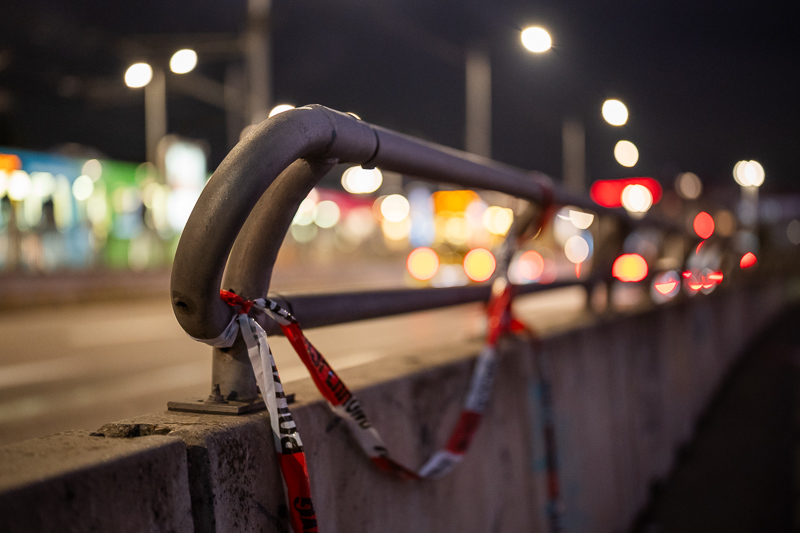
When it comes to 50mm 1.4 lenses we can choose from various types of bokeh rendering ranging from vintage lenses with very nervous bokeh to modern lenses that create very smooth and undistracting backgrounds. Where does this Viltrox AF 50mm 1.4 Pro fit in? Let’s find out.
Close distance
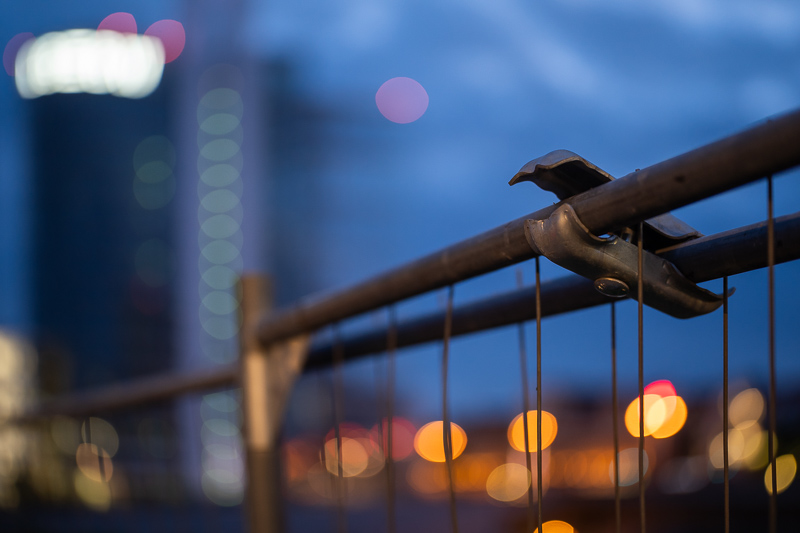


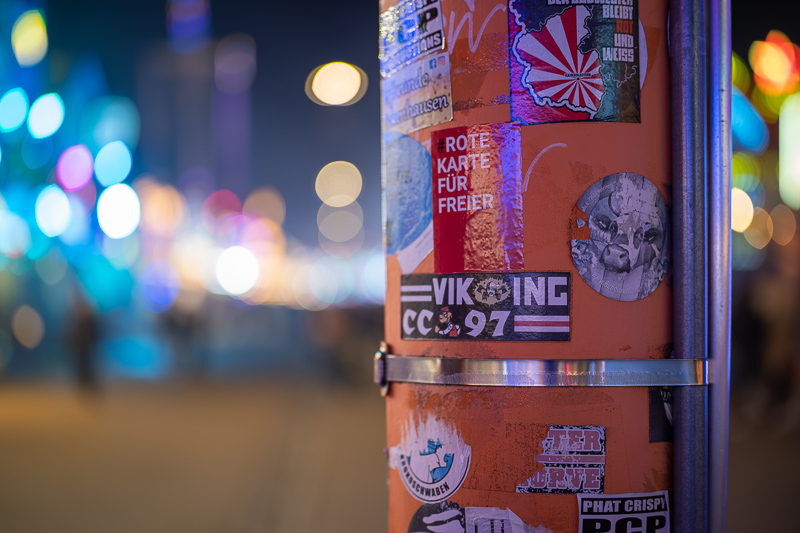
In these 3D scenes the lower contrast in the focal plane at closer distances surely isn’t nearly as noticeable as in the test shots above. Here the bokeh is generally rendered in a very smooth way, but optical vignetting (cat’s eye shapes towards the corners) is rather obvious. Here the smaller Samyang AF 50mm 1.4 FE II interestingly shows less optical vignetting.
Mid distance



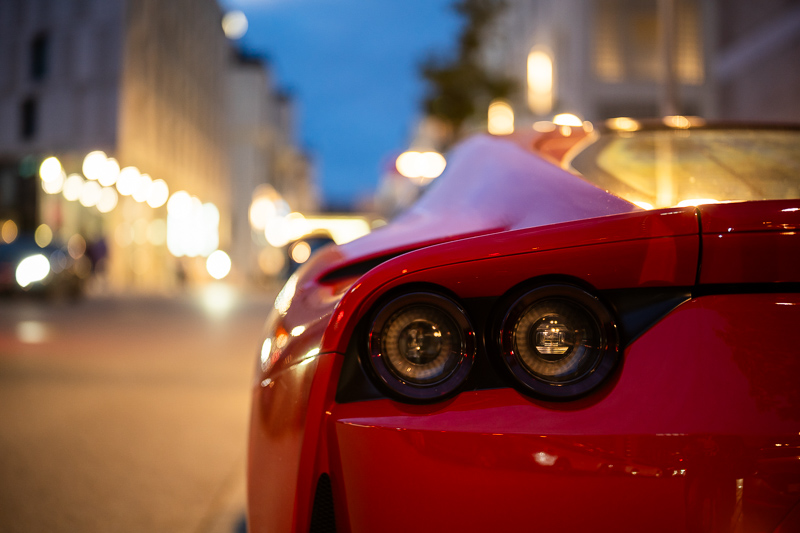

Also at mid distances this Viltrox renders a – at least to my eyes – very appealing and unobtrusive bokeh and also a well defined focal plane. The only thing I could complain about are again the rather strong cat’s eyes.
Long distance
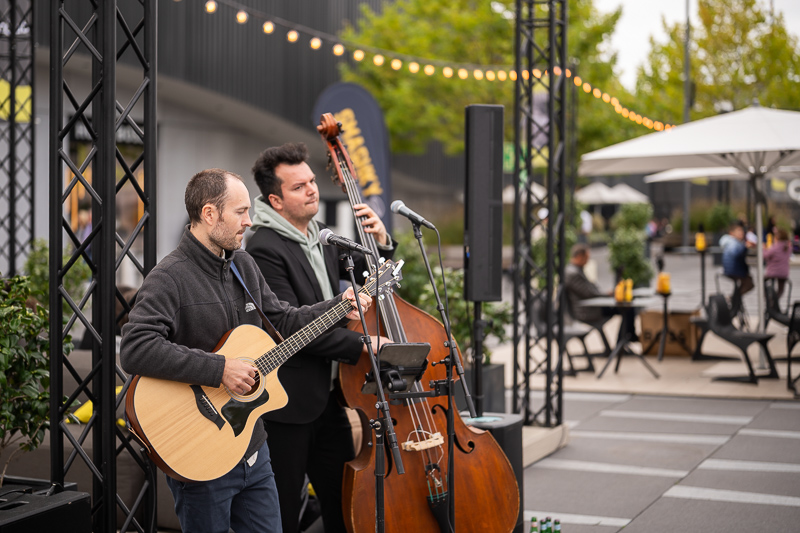
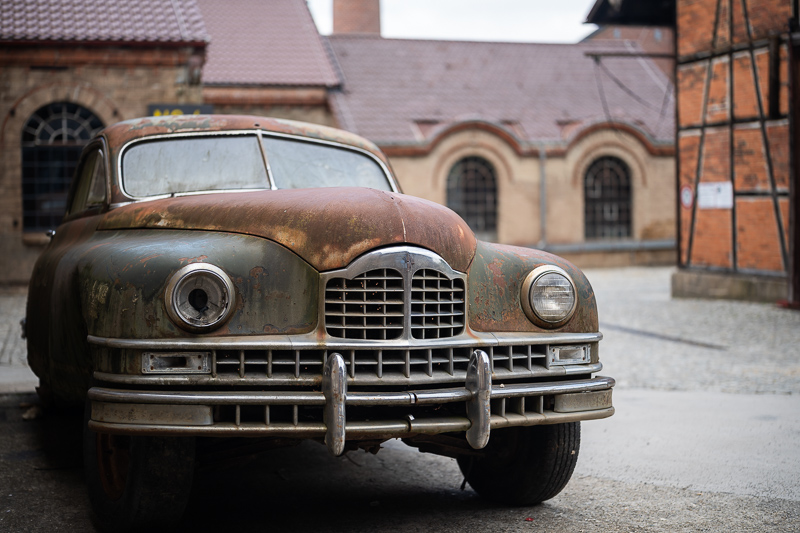
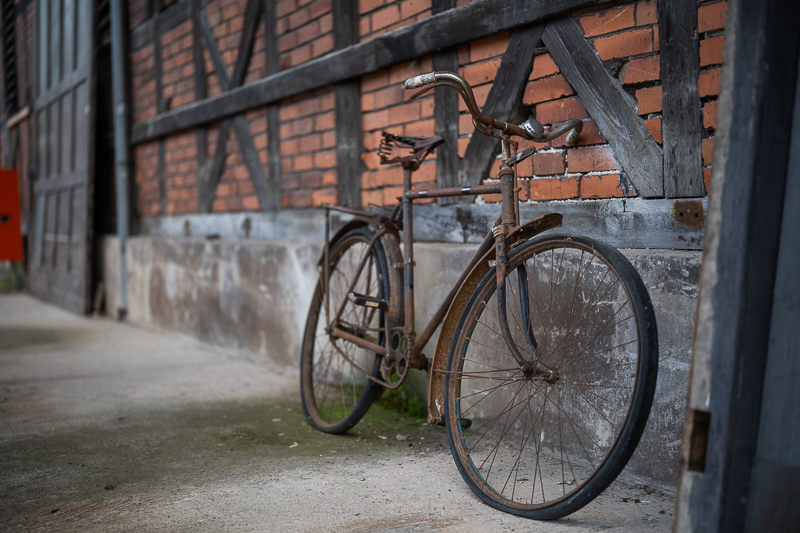
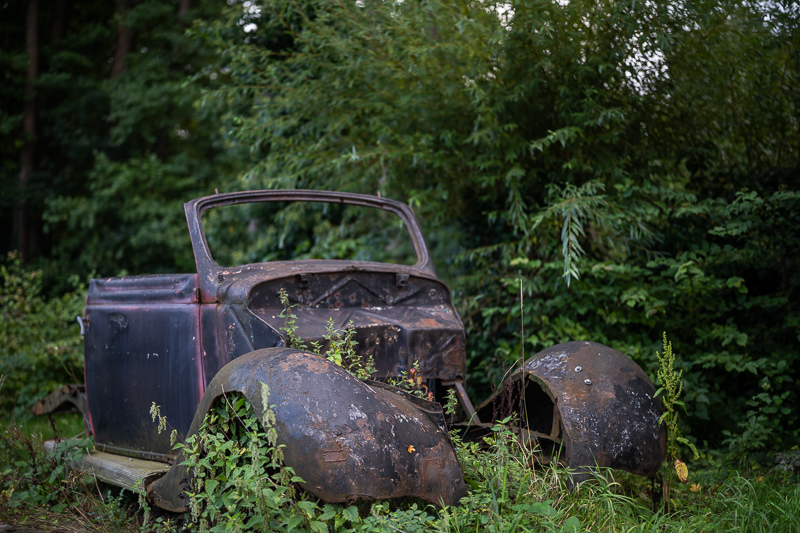

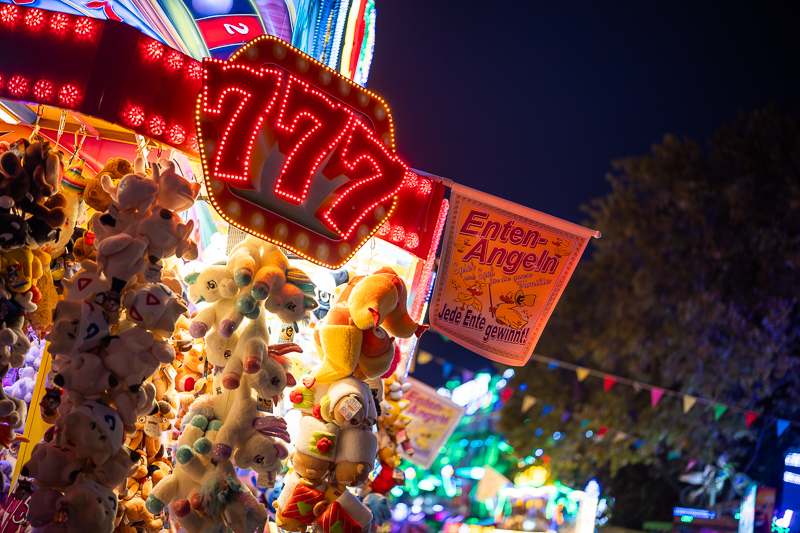
Also at longer focus distances the focal plane is well defined and the background rendered in an undistracting way – even in complex scenes with a lot of details or foliage in the background.
Among the modern 50mm 1.4 lenses I reviewed I think this is one of those that renders the most pleasing bokeh. Only the strong cat’s eyes when there are a lot of point light sources in the picture spoil the game a bit.
Sunstars
As most of the recent GM primes as well as the Viltrox AF 85mm 1.4 Pro and the Viltrox AF 135mm 1.8 LAB also this Viltrox AF 50mm 1.4 Pro features 11 rounded aperture blades. With this configuration you will only rarely see distinct sunstars, and it actually takes stopping down ti f/16 for them to look nice (meaning equidistant spacing between and same length of the rays). If you want to learn more about sunstars have a look at this article.
Chromatic aberration
lateral
Unlike Sony’s latest lenses and even the Samyang 50mm 1.4 AF II, this Viltrox lens does not feature built-in lens correction profile for lateral CA – at least at the time of reviewing this lens. This is not an issue though as even without correction I did not manage to spot any lateral CA.
longitudinal
Bokeh fringing is on a low level and also a bit masked by spherical aberration at f/1.4. Here the Samyang AF 50mm 1.4 FE II performs noticeably worse.
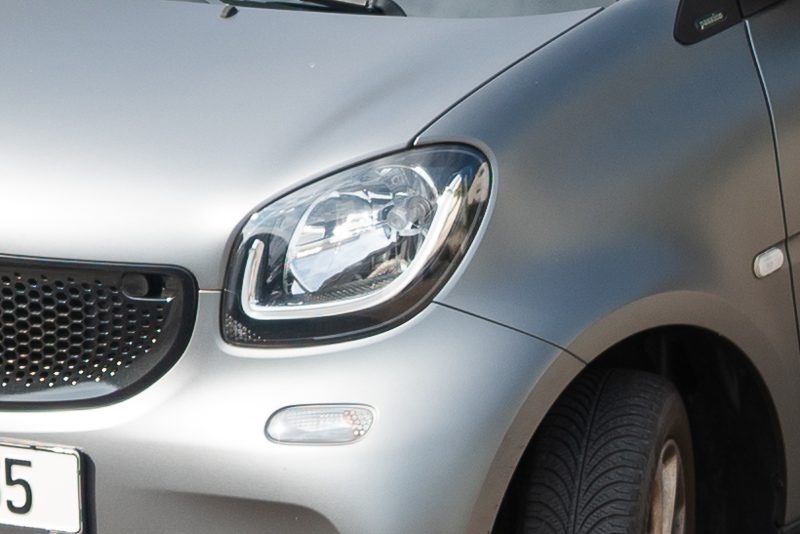
Purple fringing is not existent. Again a much better performance than what we have seen from the Samyang AF 50mm 1.4 FE II and many of the cheaper or older 50mm 1.4 lenses.
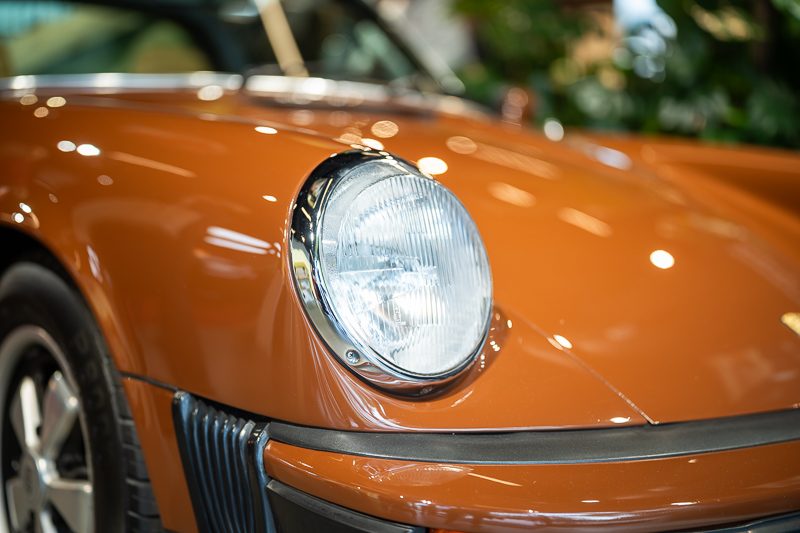
If you like are looking for a fast 50mm lens to take pictures of vehicles with a lot of chrome (or other objects with shiny parts) at f/1.4, this one is a very good choice for that.
Conclusion
good
|
average
|
not good
|
Viltrox is releasing a lot of lenses lately and because some of them are amazing (e.g. the 35mm 1.2 LAB or the 14mm 4.0 Air) that definitely raised the bar of expectations for new releases and that can make the “only” very good ones look worse than they actually are.
With this Viltrox AF 50mm 1.4 Pro we are dealing with such a case. Looking at the table above we can easily see that this lens corrects many of the aberrations well where many other lenses struggle: almost no CA and Coma, good flare resistance and a pleasing bokeh.
As was already the case for the Viltrox AF 135mm 1.8 LAB, also this 50mm 1.4 Pro is too big and heavy compared to the competitors and considerings its dimensions the optical vignetting is also higher than expected.
The image quality is surely better than that of the similarly priced Samyang AF 50mm 1.4 FE II though, so if using a bigger and heavier lens doesn’t bother you, this Viltrox AF 50mm 1.4 Pro can be a very appealing option for a wide variety of applications nonetheless, ranging from portraiture (thanks to its appealing bokeh) to astrophotography (thanks to its very good Coma correction).
buy from manufacturer’s shop | amazon.com | amazon.de | B&H | ebay.com | ebay.de (affiliate links) for $549
Alternatives
Among the direct competitors I have only reviewed the Samyang AF 50mm 1.4 FE II myself yet – and therefore already compared them in most of the sections above – but haven’t personally tried the Sony FE 50mm 1.4 GM, Sigma 50mm 1.4 DG DN Art or the older Sony FE 50mm 1.4 ZA. You can still find these and many further alternatives being discussed in our Guide to the best 50mm fullframe E-mount lenses though.
Sample Images
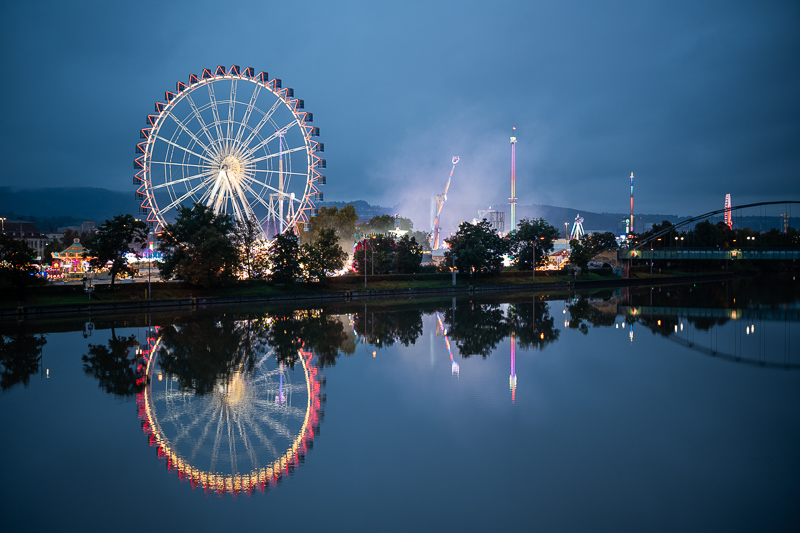

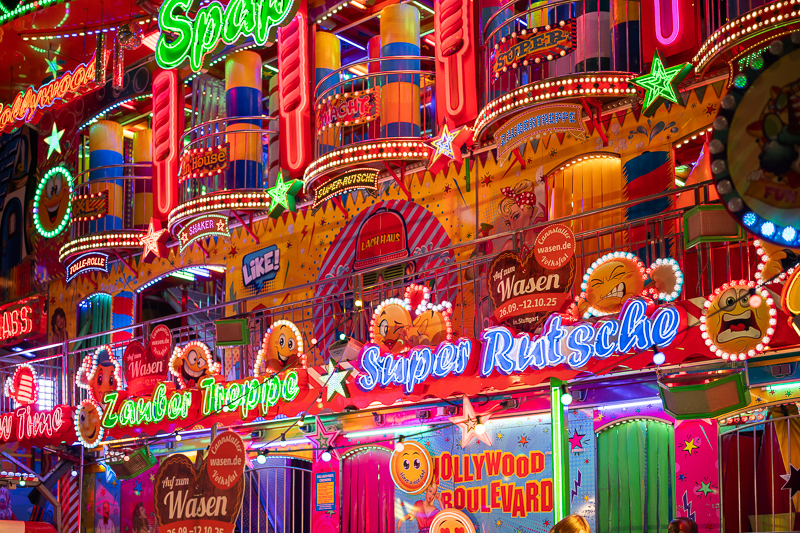
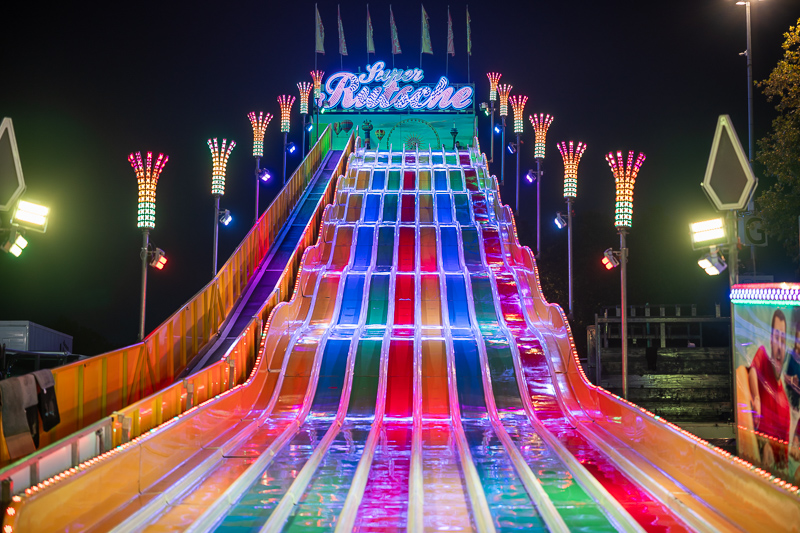



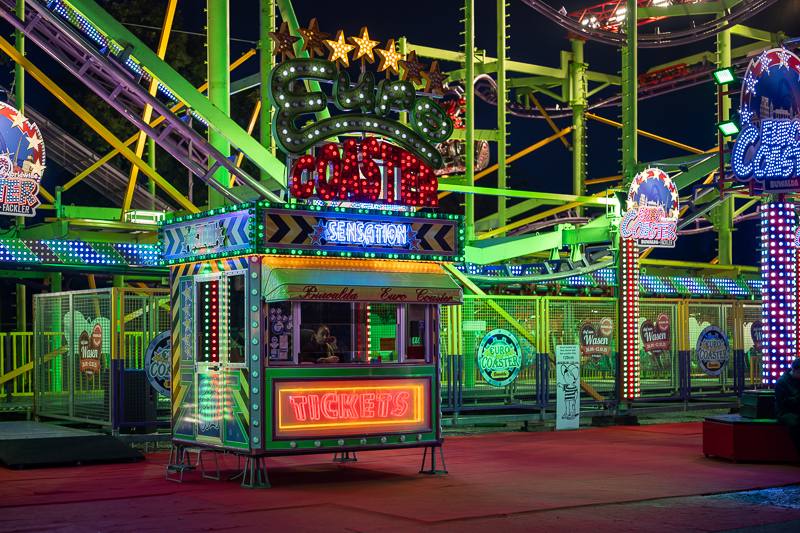

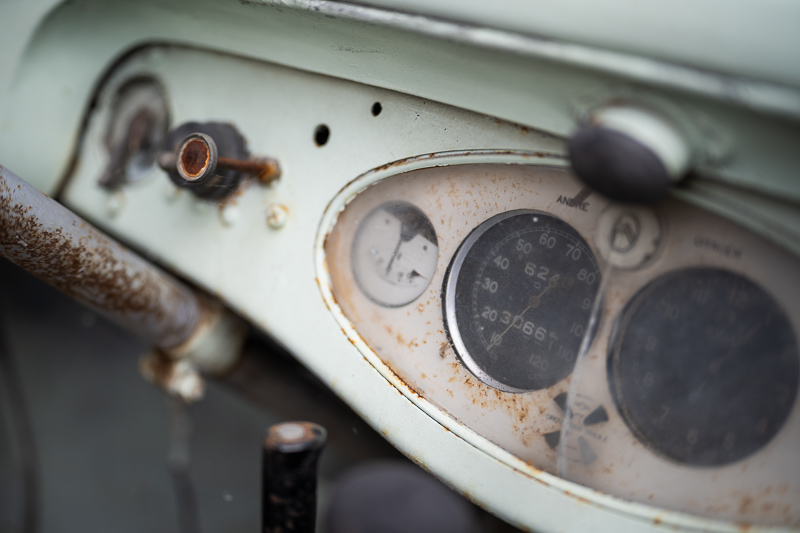
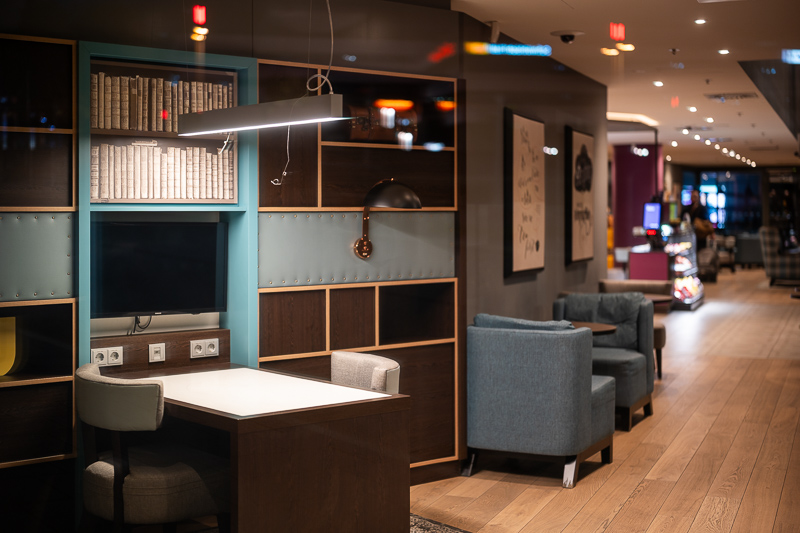
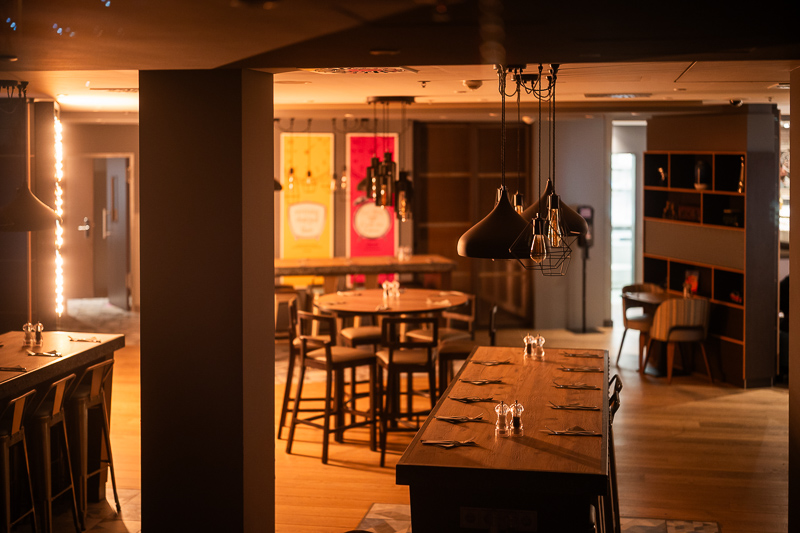
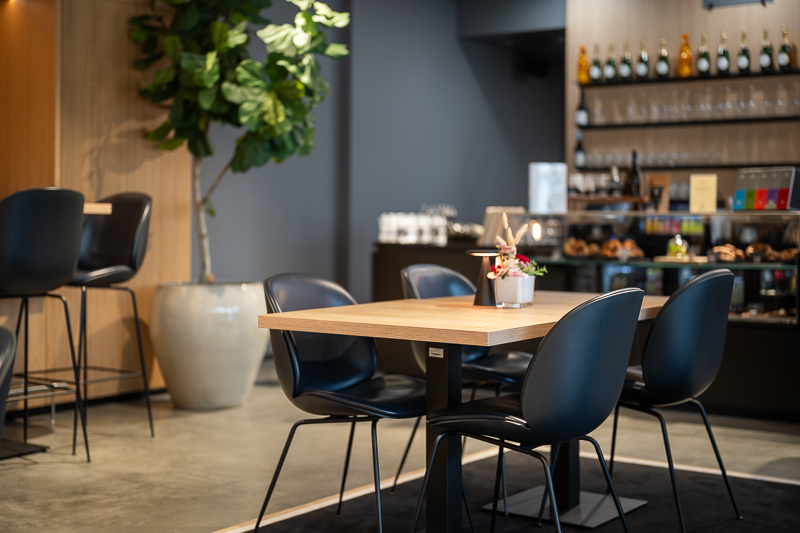

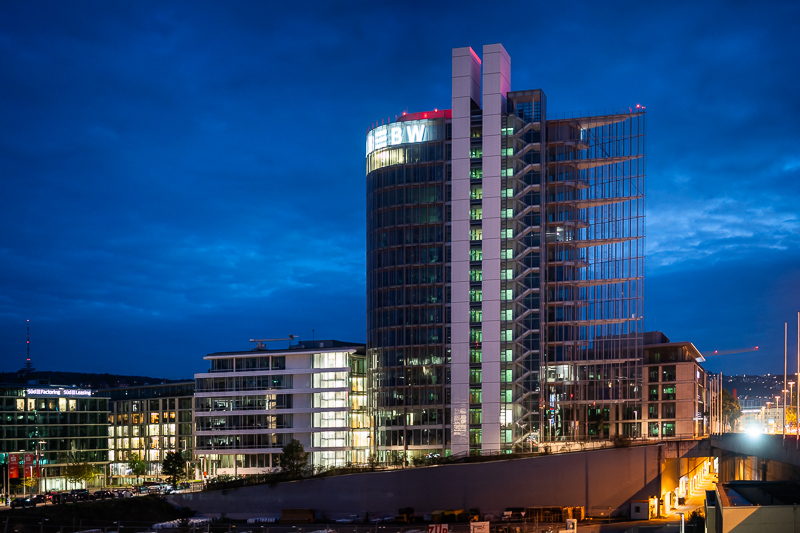

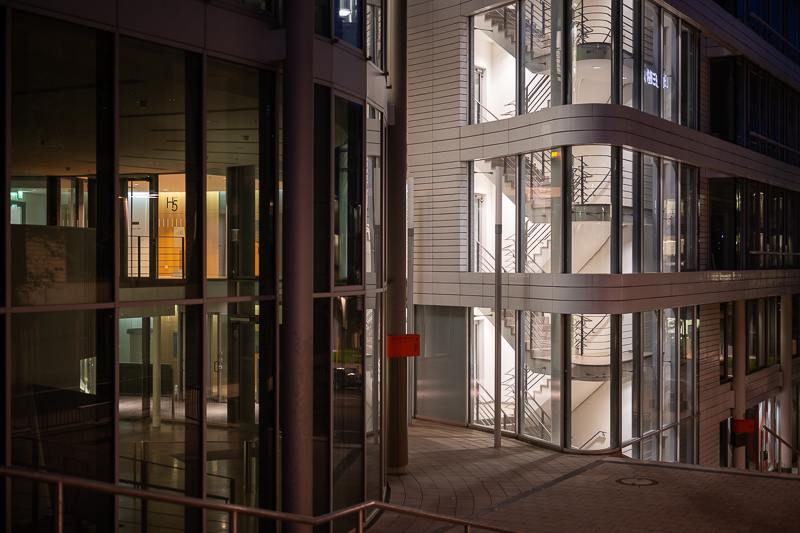
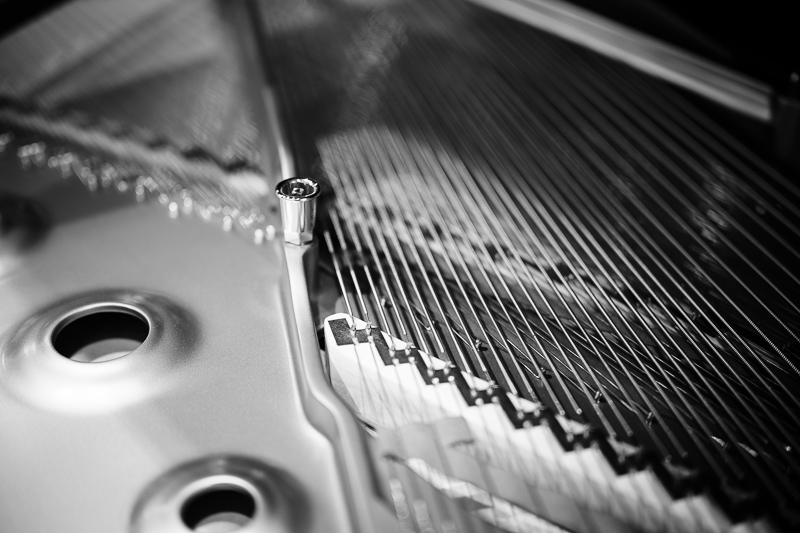
Most of the sample images in this review can be found in full resolution here.
Further Reading
- All E-mount lens reviews
- Sony FE Guide
- Review: Viltrox AF 14mm 4.0 Air
- Review: Viltrox AF 85mm 1.4 Pro
- Become a part of our Discord community
Support Us
Did you find this article useful or just liked reading it? Treat us to a coffee!
![]()
![]()
![]() via Paypal
via Paypal
This site contains affiliate links. If you make a purchase using any of the links marked as affiliate links, I may receive a small commission at no additional cost to you. This helps support the creation of future content.
Latest posts by BastianK (see all)
- 2025 – Year in Review - December 23, 2025
- Review: Sony FE 70-200mm 4.0 G Macro OSS II - December 20, 2025
- Review: Viltrox AF 35mm 1.2 FE LAB - December 17, 2025












































And in a year or two it will be easy to find it used for around 200, max 250 eur, because it’s Viltrox. They all drop in price like crazy, which can be good for some.
I really like their new line of lenses, and I see no better bang for the buck. They are like a Samyang you can trust.
Also like a Samyang that weighs as much as two Samyangs… 🙈 I think there’s room in the market for both approaches, personally I’d pony up for the GM or deal with some of the SY flaws before carrying an 800g 50/1.4, but I’m sure others will see it differently.
The flare handling is what I find really impressive, I’d expect a 50 this heavy/bulky to do well (specially from Viltrox), but now they’ve made 2-3 Pro/Labs and at least one Air lens with what seems like top notch flare handling… That bodes very well for them.
Nice review, as always!
Would really like to see Sony FE 50mm 1.4 GM review and how it actually perform in comparison to other 50mm 1.4 options.
Viltrox so far looks like a really great money/value option!
Me too, but too expensive to buy it just for a review.
Once again a great offering by Viltrox, but I’m wondering: how many 50 mm lenses do manufacturers think the market needs? There’s so many 50s to choose from. Why not release something unconventional like 40 or 65 mm? It gets kinda boring.
Great example photos Bastian! I recently added my first Viltrox to the pile (the 14mm/4 Air). Haven’t yet shot it much. I have plenty of 50’s so I wasn’t really looking for anything specific in your review, just wanted to look at your shots!
Hope you enjoy the 14mm 4.0!